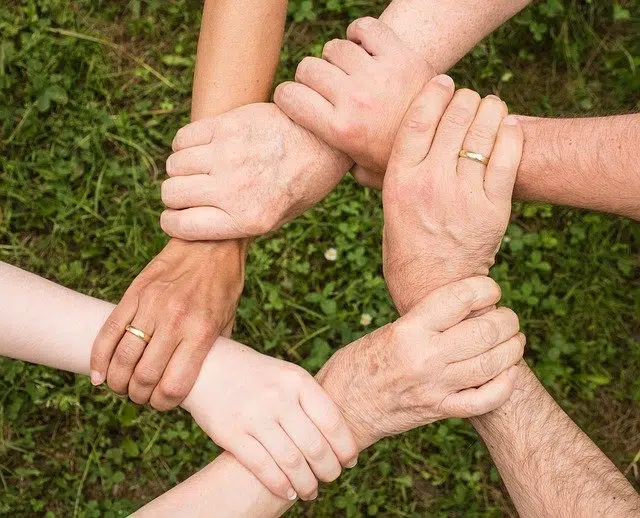
The welfare state involves state financing of various social services.
To understand what the welfare state is, it is important to analyze the words that make up the expression. First of all, we must point out that the idea of state is associated with the independent and sovereign structure that establishes how a territory is politically organized.
Well-being , meanwhile, is linked to the satisfaction of the needs that must be resolved to have a dignified life. Achieving well-being means achieving a certain condition related to tranquility and, in a certain way, happiness.
What is the welfare state
The welfare state is the way of organizing the State that aims to increase the social services provided to the needy sectors and to promote a fairer redistribution of income . Through the design and application of different policies , the aim is to guarantee the economic, health and cultural rights of all citizens.
Before moving forward, it is important to indicate that, according to the dictionary of the Royal Spanish Academy ( RAE ), the words that make up the concept of the welfare state are written with a lowercase initial letter since they refer to a mode of management and organization of the State. , but not to the institution itself.

The welfare state seeks to support the most vulnerable sectors.
Historical evolution
It can be stated that the welfare state is based on the financing of those public organizations that offer benefits linked to education , health and the resolution of social problems at a general level. These types of resources, such as social insurance and pensions, began to be distributed around 1880 in some nations.
Certain historical events led to a strengthening of the welfare state. Following events such as the First World War ( 1914 – 1918 ), the Great Depression ( 1929 ) and the Second World War ( 1939 – 1945 ), many governments chose to allocate funds to directly assist people and to intervene in the market, correcting distortions and shortcomings.
That expansion, however, began to reverse in 1970 . The advance of neoliberalism meant an ideological change: from then on, various rulers opted to shrink the State, cutting its services. On the other hand, the free functioning of the market began to be given preponderance, regardless of the consequences of this dynamic in the community.
Different models of welfare state
It is important to note that the welfare state does not always develop in the same way. The characteristics of the policies and the distribution of the budget vary according to each regime.
In a broad sense, the welfare state tries to protect citizens against different contingencies. Regulation of the labor market; the granting of unemployment insurance; the reinforcement of the public educational and health system; and the transfer of resources from the upper class to the disadvantaged classes through tax policies are often part of the welfare state.
Just as humanism and ethics encourage the welfare state by considering that it reduces human suffering and constitutes a solidarity mechanism, there are currents that oppose it. Some thinkers maintain that the welfare state restricts individual freedoms and encourages irresponsibility, while others say that it does not solve basic problems but only conceals the injustices of capitalism .
